
................................................................................................................................................................................................................................................................................................................................................................................................................................................................................................................

Copyright © visitindia.org.in. All Rights Reserved.
Travelogues/Travel Logs of Roadtrips
Hit the road with the summary guides of our trips to various places in India. Any information feel free to drop a mail at info@visitindia.org.in


Get online driving directions, route guides, weekend planners, and customised itineries. Check out a few of our favorite user road trips, then start an adventure of your own.....Explore India by Road

Find us :-
Guna/Ashok nagar
Forts, Palaces & More....


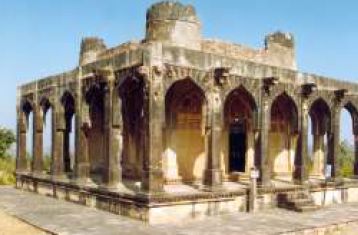
The territory of present Ashoknagar and Guna districts was part of Chedi kingdom of Shishupal in Mahabharata period and Chedi Janapada in Janapada period In medieval
period was part of Chanderi State. In the 6th century B.C.Chanderi area (territory of Ashoknagar district) was under Avanti, Dasharna and Chedi Janapadas.It was part of Nanda, Mauraya, Sunga and Magadh kingdoms. After the Sungas, Sakas of Naga dynasty ruled over it. Subsequently, after the Guptas and the Maukharias, it formed part of the empire of Harshvardhan.In 8th -9th century AD. it fell to the Pratihara Rajput dynasty. The 7th descendent of Pratihara dynasty, Raja Kirtipal founded Chanderi city in the 10th -11th century AD. and made it his capital. After the fall of Pratihara dynasty, the Chandelas of Jaijakbhukti also ruled here brierly.
Chanderi kingdom was also affected by repeated invasions of Mahmood Ghaznavi in the 11th century AD. After establishment of Delhi Sultanate it was ruled by Turks, Afghans and Mughalas. During the reign of Chanderi 's Bundela ruler Morprahalad, Gwalior ruler Daulatrao Scindia sent his general John Baptiste to attack Chanderi. He captured Chanderi and also Isagarh and nearby areas.The last Bundela ruler of Chanderi Raja Mardan Singh made supreme sacrifice as a freedom fighter in 1857-58 AD. Prominent places of importance include Budhi Chanderi, Thubonji, Tumain, kadwaya, Indore, Sakarra, Mahana, Terai, Devgarh, Isaagarh, and Malhargarh. Distance between Gwalior and Guna 100k.m. Gwalior and Ashoknagar 145k.m.
Old Madarsa, Chanderi "Ujar"
Known as Purana Madarsa. the monument is located about 3 km north of Chanderi town. It was built in 1470 A.D. during the reign of Sultan Ghiyasuddin Khilji. The Madarsa is an exquisite example of the architecture of Afghan style. There is beautiful carving on the stone all over the monument. The carving puchchikari is also beautiful. There are two graves in the center of the monument and a small one in the verandah.
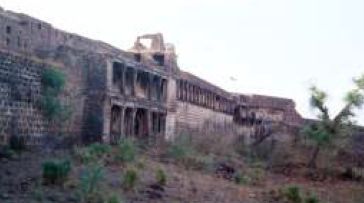
Malhargarh is about 20 km from Mungawali railway station approachable by road. Local people call it Pathorigarh Rakh and Hasangarh also. Malhargarh was named after Malhar Rao Holkar. A huge Rampart interrupted by massive bastions surrounds the fort. Cannons are also lying here. The Malhargarh fort was built by Chanderi's ruler around 16th-17th century A.D.

Tombs of Pote Sahab and his wife, Chanderi
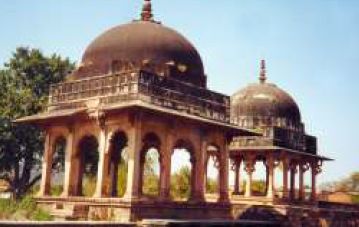
These tombs are famous as cenotaphs of descendents of Sufi Saint Hajrat Baba Farid. Both these tombs exist on either side of the eastern entrance gate to Chakala Baori. The tomb on the right side belongs to the grand son of Baba Farid and the one on the left side is that of his wife.

Group of Shiva Temples, Kadwaya (Ashoknagar)
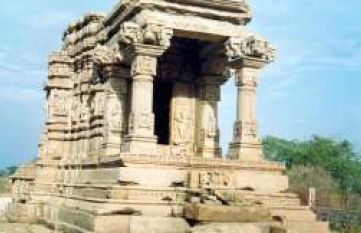
Kadwaha is located about 16 km from Isagarh tahsil and about 40 km from Chanderi. Kadwaha is much popular for large number of temples and sculptures of Kachchhaapghat dynasty .There is a good number of Shiva Temples ,monastery for the Saiva Acharyas th of Mattamayuara sect. These all belongs to 10 to th 12 century AD. and are in groups. A good numbers of deities of Brahmanic pantheon sculptural art are found in these Kachchhapaghat temples at Kadwaha.
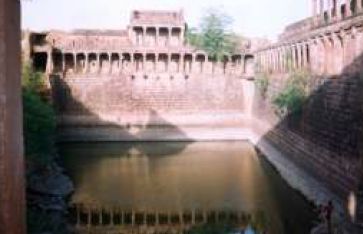
There are Antahpurs or residential chambers for ladies around the Baori (Step well) where hindolas were arranged in the Hindi month of Shravan. Hence, it is called Doyala Baori. The step-well is located in the eastern portion of the fort.
____________________________________________________________________________________________________________________________
Doyala Baori, Malhargarh
Mahuagarh Fort & Palace
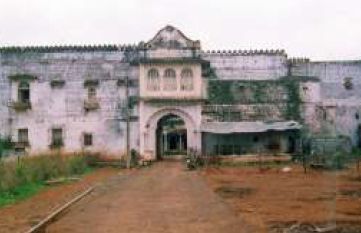
Mahuagarh village is situated 13 km far from district headquarters Guna on Bamhori-Fatehgarh road via Biaora road. It can also be approached from Mahugarha railway station, 3 km far from village. The fort on the hill, was constructed by Khichi rulers in 17th-18th century A.D. A palace inside the fort is in good condition. There is a natural cave near fortification wall.
___________________________________________________________________________
Malhargarh Fort
Bajrangarh Fort
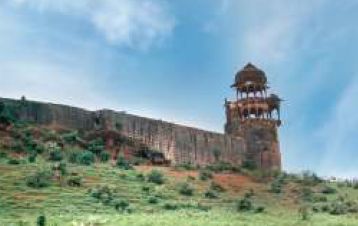
The fort is about 10 km from Guna on Guna to Aron road on the bank of Chapet river. It spreads over 72 bighas of land on a high hill. The fort was built in 16- 17th century by Khichi (Chauhan) rulers of Gagron state. It came under Raghogarh state. During Akbar’s time, it was the headquarters of a mahal of the Chanderi Sarkar. During the reign of Raja Jai Singh, Daulatrao Scindia sent his General, John Baptiste to attack the fort in 1816 A.D. Raja Jai Singh was defeated and the fort was destroyed. The Bajrangarh fort had four gates in four directions. inside the fort Moti Mahal, Rangmahal, Ram Mandir, Bajrang Mandir, are still intact exist there.

Kedarnath cave
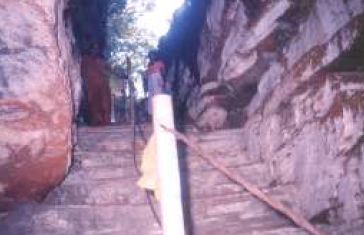
The cave is located 15 km far from Gohalpur of Guna tehsil and is known as Kedarnath cave. It has a natural resource of water going into a tank. A flight of steps can be seen in the cave.
